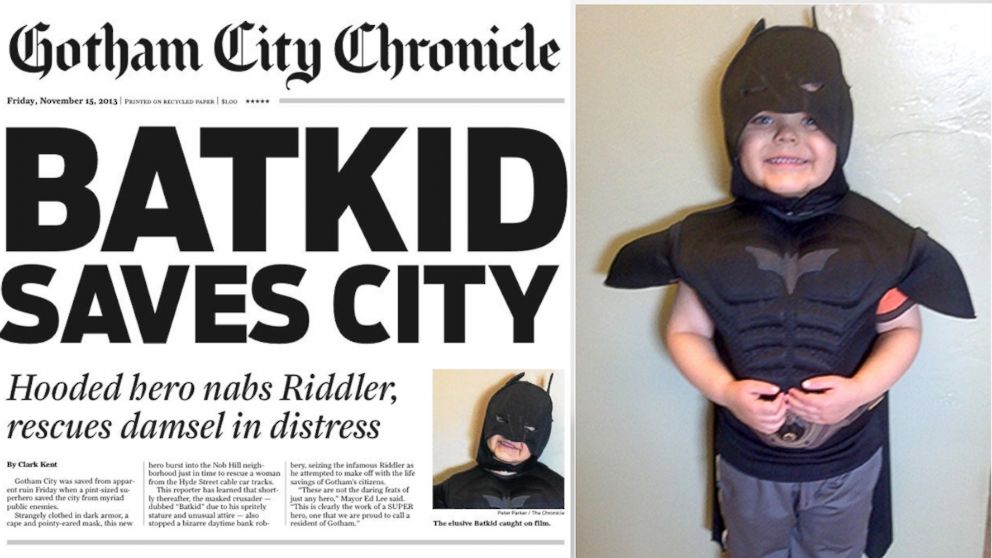Here is Tiana’s song of the day choice, Valerie by the Zutons
And here is a great cover by Amy Whinehouse and Mark Ronson

Here is Tiana’s song of the day choice, Valerie by the Zutons
And here is a great cover by Amy Whinehouse and Mark Ronson
Claire’s choice for song of the day is Stromae – Alors On Danse
Do you know who Chris Hadfield is? He is a Canadian Astronaut and the 1st Canadian to walk in space. He rose to fame this past year while on board the International Space Station.

He is a great quote from him about what you can do with your life.
“You have a light inside of you to achieve anything you believe in. I want you to remember the power of possibilty and the future you want is in the decisions you make today” – Chris Hadfield, We Day 2013

Remember that the decisions you make today will impact your life in the future.
Here is a great video of him covering David Bowie’s Space Oddity while on the International Space Station. The photo is an nod to Bowie.

(I cant get the video to be in the post. Click on the link if interested)
Here is the Tab
Here is the new song we started to today, Green Day – Good Riddance.
And here is the tab
And here is the strumming pattern from Songsterr
What is an Artist Statement?
Your artist’s statement can be anything you want it to be, but primarily, it should help people, students or employers to understand what you believe to be the most important aspects of your art, the techniques you use to make it, and what you have learned through the art class/ classes. Also, what you like and dislike about your art. The statement should summarize these things in as few words as possible, preferably short ones, and not be a lengthy dissertation on your place in the future history of art. A three paragraph statement should do it. You won’t keep your readers much longer than that.
WRITE YOUR STATEMENT IN LANGUAGE THAT ANYONE CAN UNDERSTAND, not language that you understand, not language that you and your friends understand, not language that you learn in art school, but everyday language that you use with everyday people to accomplish everyday things. Be specific, not vague and avoid obscure references that most will not know.
How do I create an Artist Statement?
Do some brainstorming or journaling on these questions, as though you were interviewing yourself:
Enlist the aid of a trusted friend and do some brainstorming. Don’t analyze, just put it down and keep adding to the lists. Once you have a good start, start comparing one thought to another and decide which one grabs you. Throw the other one out. Keep comparing and eliminating until you have three or four main ideas that express the essence of your artistic purpose.
Your statement should be short, clear, understandable, not over-stated, and not too mystical or spiritual. Everything in your statement should be relevant to your art.
Esther’s pick for song of the day is The Afters – Never Going Back To Ok
Please take a look at this story via the CBC. It is about a child named Miles aka BatKid and his Make A Wish dream was to be Batman for a day. The City of San Francisco transformed into Gotham City and took a cast of thousands to make it happen. It is a great story.


Here is Ivy’s song of the day, which also happens to be her birthday! The Only One by Jimmy Neeham.